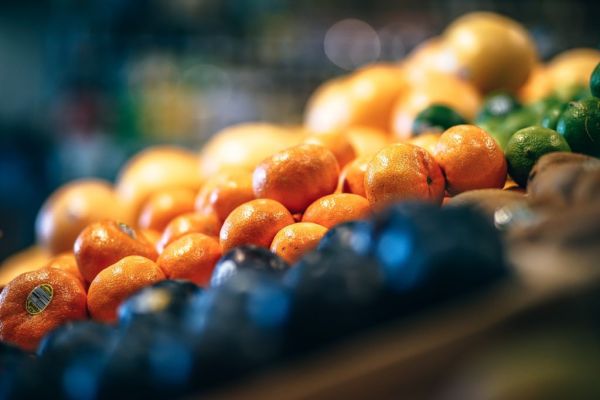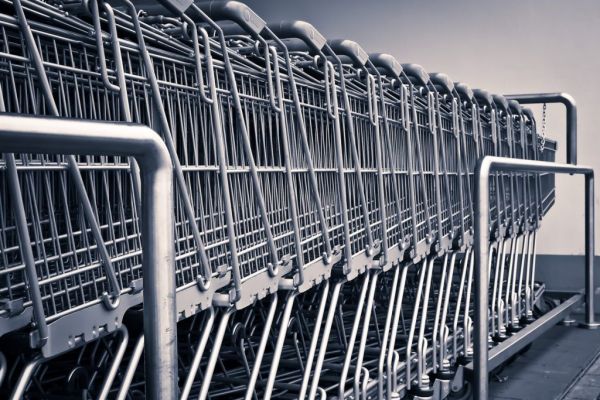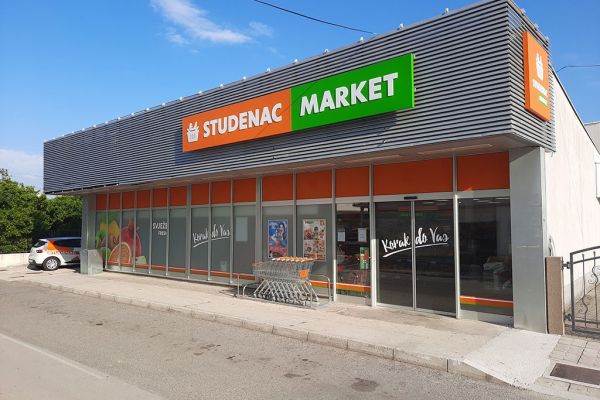Retailers have faced a number of challenges over the past year. Emily Newton of Revolutionized examines the emerging trends that can help them get back on track.
Since the COVID-19 pandemic created supply chain limitations, stores have struggled to meet consumers’ demands. Minimal access to shipping has led to a decrease in the number of products on grocery store shelves. It also influenced high inflation rates, lowering customers’ ability to acquire essential goods.
Another pandemic-related challenge adversely impacting grocery stores is staffing limitations. Consumers are also spending less money at stores as their access to quick and reliable meal delivery services increases.
Here are seven grocery shopping trends that are likely to develop over the course of 2022, helping business owners combat production and profit challenges:
Speedy Delivery Services
The first trend integrates delivery services similar to e-commerce platforms like DoorDash. Engineers evaluated consumer data, identifying the main needs and purchasing trends. They found that individuals are buying more goods online, and customers expect same-day delivery.
Grocery store owners are capitalising on consumer demand tendencies and developing efficient e-commerce channels. They plan to improve delivery times, gaining a leg up on competitors. Additionally, efficient delivery systems may enhance the convenience of cooking at home, decreasing individuals’ reliance on meal transportation applications.
Automating Retail Services
Grocery stores are also improving shopping efficiency while decreasing staff-related limitations using automated retail services.
A team of engineers recently developed technology that uses machines to manage warehouse services. Urbx vertically stacks goods in grocery storage spaces and autonomously moves them based on real-time demands. The technology decreases staffing limitations, keeping shelves stocked even when new COVID-19 variants cause employment declines.
Touchless pay is another retail service supporting safe and efficient transactions through the pandemic. Consumers are connecting their credit cards to their Apple Wallets and other smartphone apps, which will improve the security of their finances and decrease the spread of viruses.
Applying Consumer Data
Stores may also improve their financial stability by collecting and applying consumer data through the pandemic. Meal delivery services already utilise the technology, accumulating individuals’ purchasing history to suggest similar products or repeat orders. Grocery stores can apply the same systems by gathering data through apps and reward programs.
They can then market to their customers through third-party sites. Increasing an individual’s access to products improves a store’s profitability. It also enhances the convenience of grocery shopping by meeting modern consumer demands.
Increasing the Convenience And Freshness Of Meals
Store owners may challenge supply chain limitations by using Internet of Things (IoT) technology to track shipments. Pandemic-related product scarcity increases the demand for transportation efficiency. Individuals must preserve goods by quickly getting them on grocery store shelves before reaching their expiration dates.
Grocery store owners may improve the efficiency of product transportation using IoT shipment tracking technology. The system uses the internet to connect inventory prediction systems to an intermodal container’s GSP. Employees can cancel orders if the shipment is behind and may deliver food past its expiration.
Expanding the Retail Media Network
Store owners are also adopting grocery shopping trends by expanding their retail media networks. The networks help distributors connect to their consumers and create a closed-loop system to gain insight into their purchasing behaviours. Individuals may also pair the media networks with demand-side platforms (DSP) to broaden their marketing reach.
DSPs help grocery stores access off-site campaigns with advanced security technologies, which use a third-party verification system. The network also increases buyers’ awareness of new products and redirects them to previously purchased goods. It helps brands stay relevant in superstores like Walmart with multiple competitors present.
Accelerating Premium Products
Grocery stores may also improve profitability during the pandemic-related economic decline by accelerating premium products. During the lockdown, individuals’ concern for their health and well-being increased. More people started exercising regularly, began eating healthier and stopped smoking to meet their goals.
Store owners utilise consumers’ grocery shopping trends to increase their annual profit. They are stocking more premium products, like meatless alternatives and dairy-free milk options, to improve individuals’ access to healthier goods.
Building B2B Relationships
Some stores increased their marketing campaigns at the beginning of the pandemic to gain a leg up on their competitors. While increasing brand awareness effectively enhances consumer rates, working with similar companies alo provides benefits. Suppose local farmers are struggling to sell their eggs or vegetables through the pandemic because of limited access to contactless payment or delivery services. In that case, they may team up with superstores in their area.
Companies that pair up during global economic declines can temporarily support each other to minimise profit losses. Businesses may work together to explore customers’ needs and develop a method of meeting purchasing trends. Combining two client markets also allows companies to buy goods in bulk, which lowers costs.
Grocery stores can stay ahead of the game by accessing shopping trends before their competitors and developing supportive technologies and systems. Employees may create digital surveys to obtain purchasing information. Accessing this data allows them to meet consumers’ needs with the help of modern trends.
© 2022 European Supermarket Magazine. Article by Emily Newton, Revolutionized. For more Retail news, click here. Click subscribe to sign up to ESM: European Supermarket Magazine.













